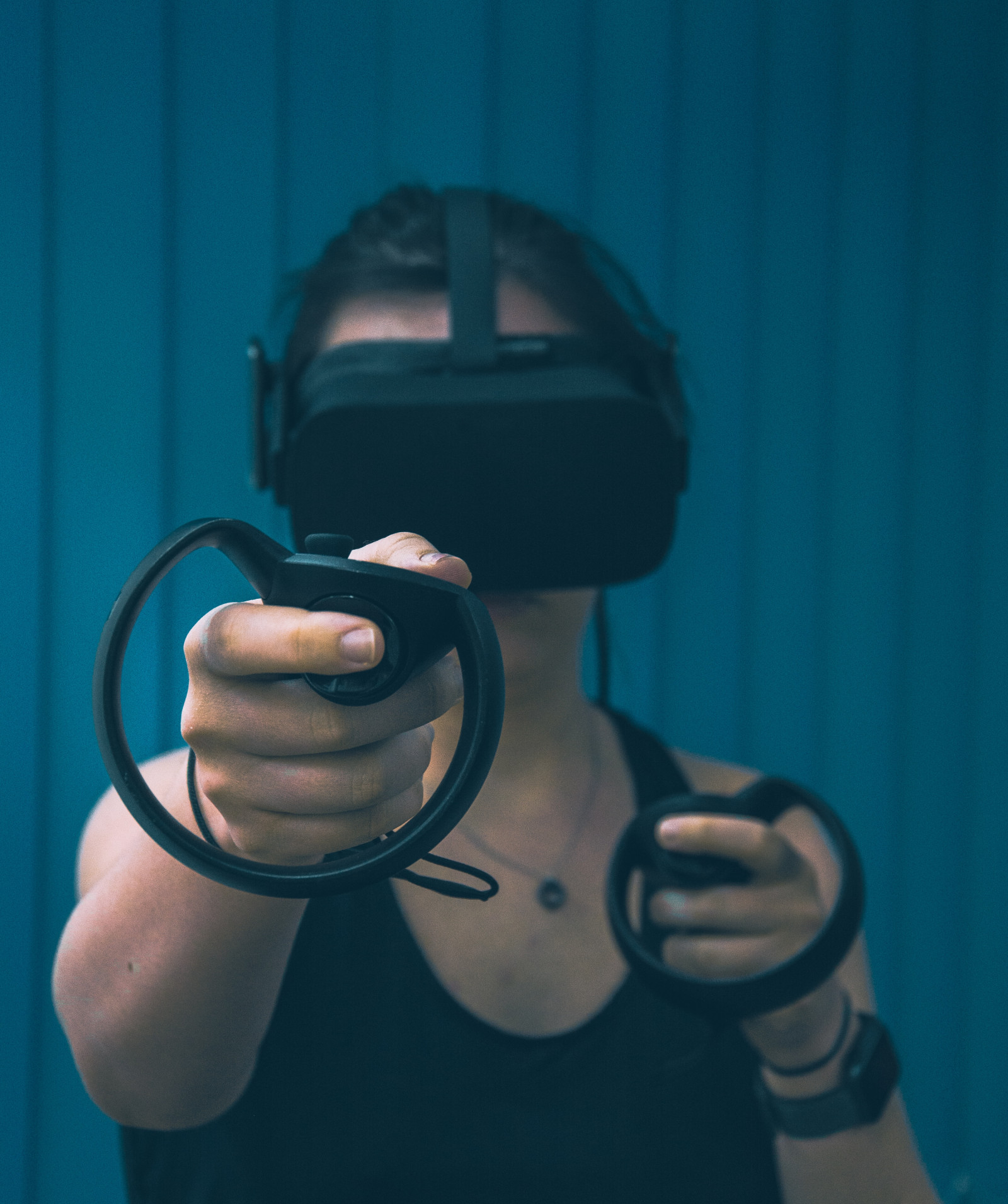Apple’s Vision Pro may (finally) be VR’s turning point, but where is it going?

Photo: Christine Sandu

Virtual Reality has been ‘just around the corner’ for more than a decade. Any day now, it would seem, it must finally have its moment. So far it has been held back by high cost, little to offer on the headsets, and somewhat janky lag and resolution tendencies. It has also been decidedly ‘uncool’, which, like it or not, usually hinders consumer uptake.
Apple’s new headset may be that turning point. The cost may be high, but it is on brand; the resolution is ‘crisp’, and the combination of real feed from the outside world overlaid with fully virtual experiences solves some of the uncomfortably isolationist aspects. Also, as per Apple, it looks about as cool as a massive pair of goggles over one’s face could possibly look.
With the Apple Watch, the first launch drew scepticism. Yet, when other brands began offering similar products at a lower cost but comparable functionality, the idea of ‘smart watches’ went from ‘nerdy’ to ‘normal’ – and Apple retained primary brand recognition in the space. Same with iPhones and iPads and even personal computers: when Apple comes out with something, it is usually due for its moment.
But what would a world of mainstream VR uptake look like?
The real question is how big this market is going to be. At such a high price point, it needs to be highly valuable to consumers to permeate beyond the high-earning niche (and arriving at a time when global recession is not out of the question is, perhaps, not ideal). Thus, let us ask: what does the VR headset in general actually offer?
Featured Report
Podcasts as a key information source Implications for media companies
Podcasts have begun to rival traditional media as a key source of news and political information for podcast listeners, especially among millennials and Gen Z. To stay relevant, traditional media must...
Find out more…It is a new point of engagement with the digital world – a world beset upon by content saturation, misinformation, damaging algorithms, and advertising (not to mention in the post-Covid world, where the idea of speaking with friends in a virtual environment is painfully reminiscent, rather than appealing). Moreover, it is only going to be an additional point of engagement. Smartphone penetration is at over three quarters of consumers in the US and UK, yet this does not stop them from using laptops, tablets, or TVs. The smartphone remains the central remote from which to conduct their digital lives, with each other technology extending a specific use case. To truly be as ‘game changing’ as the decade-plus hype would warrant, VR headsets would not only need to go mainstream – they would need to supplant much of the use case of the smartphone, at a further cost to every other type of device on the market. Not a feat to be accomplished overnight.
VR versus digital detox
Moreover, this all begs the question: what is the point? Recent technology ‘innovations’ have often been iteration for the sake of stakeholder-pleasing iteration. The marketing budgets are bigger and the developments less substantial; now the screen is bigger! Now it is smaller! Wear it on your wrist! How about your face? A headset is simply one more way to engage with a digital world that is so full of everything, very little of it stands out anymore – and meanwhile, audiences are expressing growing preferences for lived experiences, authenticity, and participation. Life behind a headset suits none of these very well. Moreover, what happens online has to have roots in real life; we have no truly ‘digital’ culture (yet?) from which to draw. This will also be a barrier to a future where everyone goes about with headsets on their faces.
In a culture increasingly trying to ‘digital detox’, perhaps an offering of a digital world all the time is not the most tone-sensitive. This is not to say the headset will not be successful; much like the Apple Watch or the iPad, it will find its place in the homes of tech enthusiasts, taken out to play just as often as lost behind a couch cushion.

The discussion around this post has not yet got started, be the first to add an opinion.